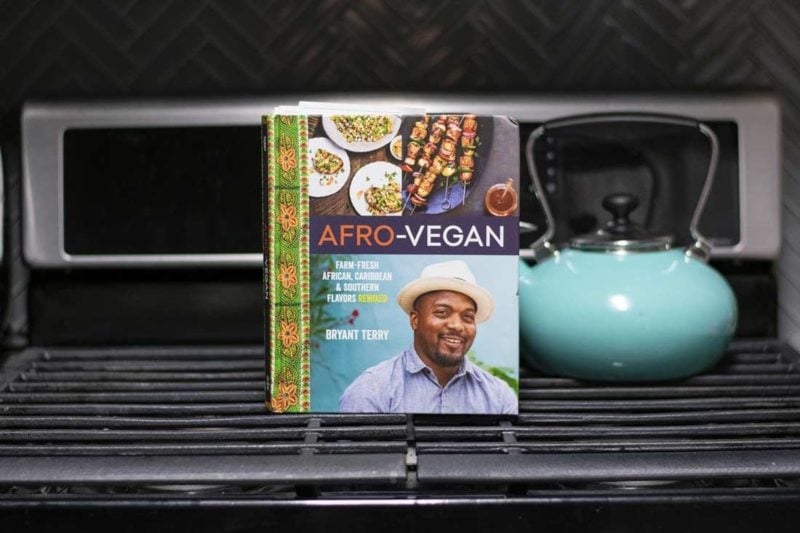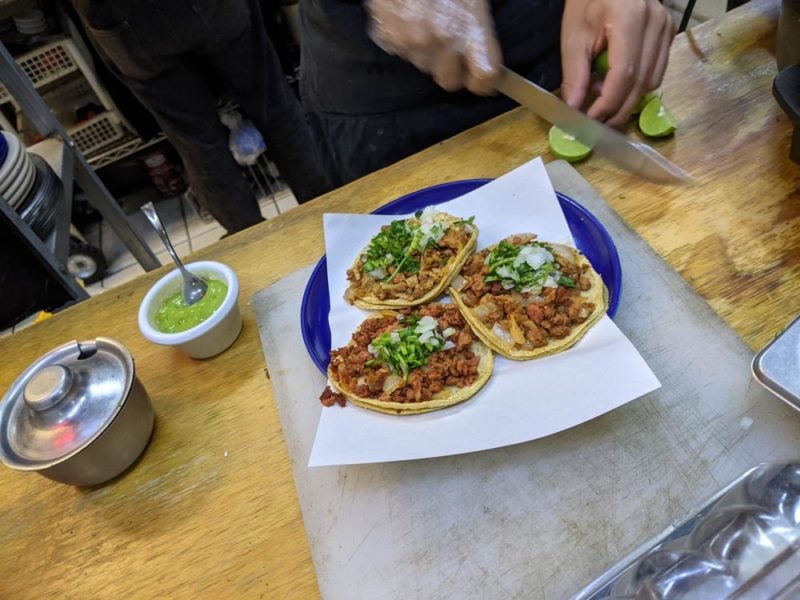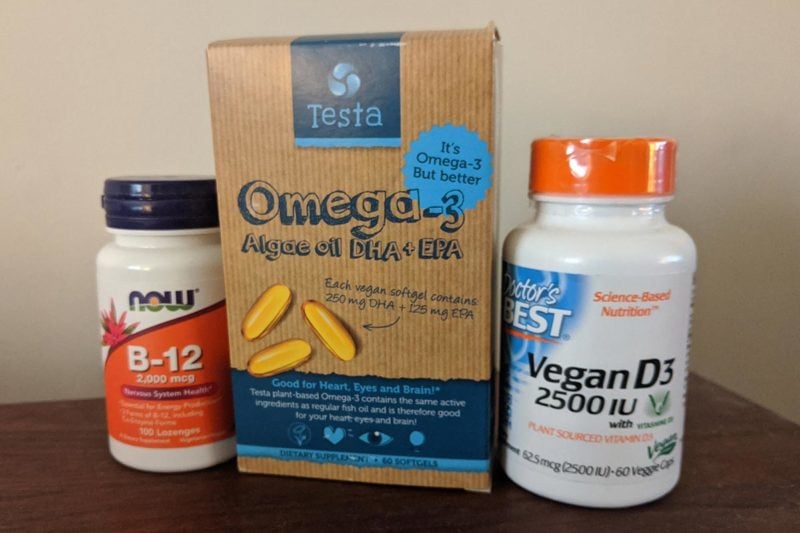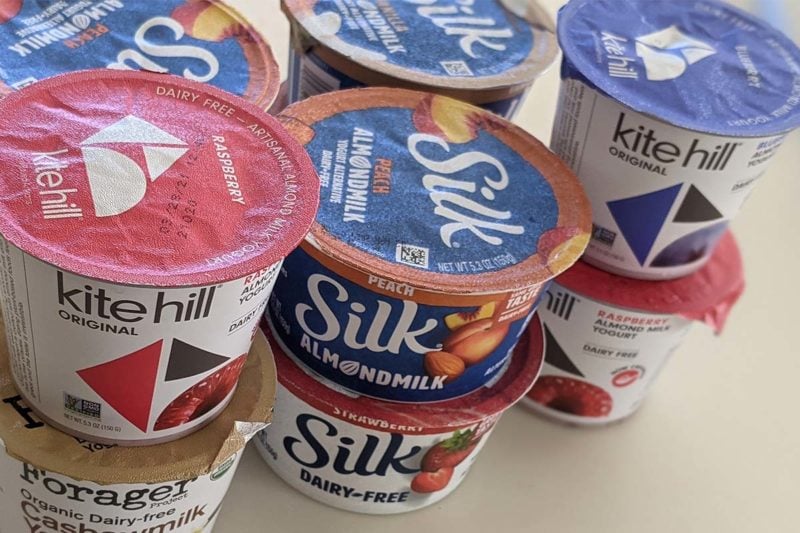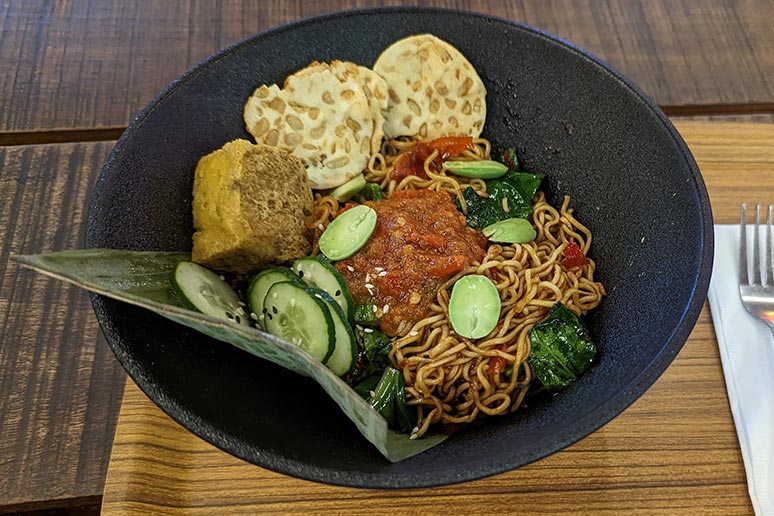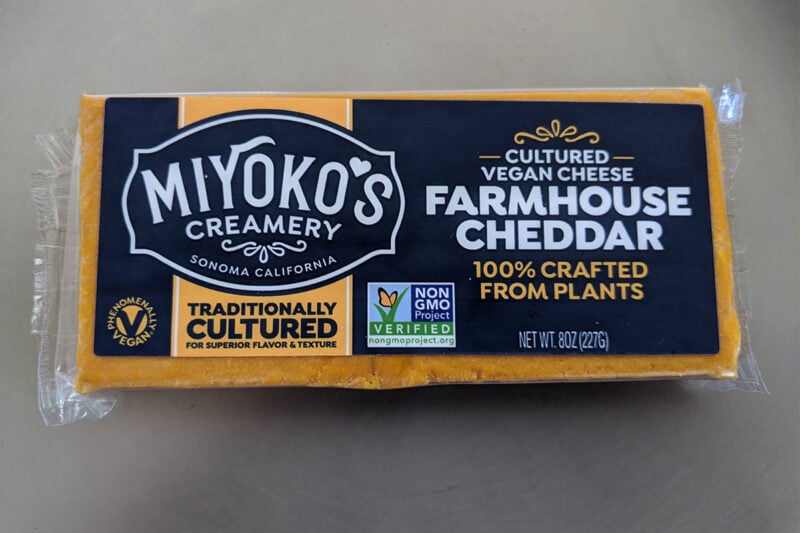Fruit can add so much to a vegan diet. It’s well worth your time to explore as many varieties as possible. You’ll get a nice nutrition boost while enjoying uniquely delicious flavors. With so many kinds of fruit available, you always have something new to try. So let’s explore some possibilities that are too good to neglect.
Common Varieties of Fruit
The first thing you should know about fruits is that the variety grown in colder climates is entirely different than what you can find in the tropics.
Temperate Fruits
Here are the most common fruits grown in temperate climates, in roughly the order they come into season:
- Strawberries
- Cherries
- Peaches, Plums, and Nectarines
- Raspberries and Blackberries
- Melons
- Blueberries
- Apples
- Persimmons
Fruits rarely disappoint, but temperate tree fruit—especially peaches, nectarines, and apricots—is potentially sublime. Unfortunately, you’ll never be able to purchase the transcendent stuff at a supermarket, since it must be picked perfectly ripe. An outing to an orchard or farmers’ market offers your only chance to experience these fruits at their Platonic ideal. It’s always worth the trip. A summer without a bite of tree-ripe fruit is a summer wasted.
Additionally, you’ll never find sour cherries (often referred to as cooking cherries) at the supermarket. Their flesh is just too fragile too ship, but that same flesh makes them uniquely succulent. And their color has a psychedelic glow. You can pretty much only find sour cherries at you-pick orchards, and they’re well worth seeking out.

Tropical Fruits
Moving on, here are some of the most popular tropical fruits:
- Papayas
- Bananas
- Pineapples
- Avocados
- Mangoes
- Passionfruit
- Starfruit
The above list only scratches the surface of what’s available, since several of the most delicious tropical fruits can’t withstand shipping and are rarely exported. These include starfruit, soursops, egg fruit, and jackfruit. What’s more, the bananas, pineapples, and mangoes sold in the tropics are far tastier than the exported varieties.
If you adore fruit, the tropics are an incomparable place to live. Since the weather remains relatively constant near the equator regardless of the time of year, a wide variety of fruit never goes out of season.
A good mango has my vote as being the tastiest of all tropical fruits, but the deliciousness depends on the variety—of which there are dozens. Smaller oblong and thin-skinned orange or yellow mangoes like the Ataulfo are among the most consistently tasty. Be sure to avoid Tommy Atkins mangoes, which rank in quality alongside the godawful Red Delicious apple.

Savory Fruits
While most tree-grown fruits are sweet, two notable and delicious exceptions are avocados and breadfruit.
Avocados thrive in both tropical and mildly temperate climates. They come in numerous varieties. Hass avocados are widely available and I think by far the tastiest variety. You can find avocados in nearly every country, since Mexico exports them to every part of the world. If you find yourself consistently disappointed by the avocados you cut open, don’t miss my guide to selecting perfect avocados.
Breadfruit has a starchy bread-like flavor and texture and it is magnificent sliced and sautéed with some garlic. Unfortunately, breadfruit bruises easily and rots quickly, so it’s rarely exported. In many tropical regions, breadfruit sells for practically nothing since each tree yields a massive amount of fruit.
Nightshades
Tomatoes, peppers, and eggplant are all nightshades—a family of savory fruits that grow on poisonous vines. Italian cooking relies heavily on nightshades. Farmers plant nightshades in the spring, as soon after the first frost as possible, and the vines die in autumn with the first frost. Every sort of nightshade is delicious when combined into an Italian sauce.
Eggplant is also a staple of Middle Eastern cooking, and is the key ingredient for a classic dish called baba ghanouj. When roasted traditionally in a wood-fired oven, the eggplant gains a smoky flavor and a wonderfully rich texture.
Purchasing Fruit
Smaller varieties of a given fruit or berry tend to have more complex and intense flavors. That goes for bananas, tomatoes, blueberries, and especially strawberries. Larger fruits may be more eye-catching, but they often lack flavor.
The first rule of buying fruit is to avoid the terrible mass-market varieties, specifically red delicious apples, Tommy Atkins mangoes, and Cavendish bananas—all of which are dreadful. Whenever possible, find out where your fruit was grown. Anything trucked in from thousands of kilometers away is generally devoid of flavor and low quality.
Ripeness is Key
When selecting fruit, the crucial skill is your ability to determine peak ripeness. Your nose often tells you more than your eyes. Since every fruit starts out as a flower, it’s no surprise that many fruits are naturally fragrant. For peaches and cantaloupes in particular, appearance can betray you but smell tells you everything. You’ll often encounter gorgeous, flawless-looking fruits that are practically tasteless.
Other fruits, particularly cherries, are best judged by appearance. A plump beautiful cherry invariably delivers one of the great flavors of spring.

Know Your Seasons
You’ll get the most delicious and the cheapest fruit if you buy at peak of season. Strawberries come to market in the spring. In early summer, cherries are the first tree fruit to ripen. By mid-summer, peaches, plums, and nectarines reach will flood into your farmers’ market, along with raspberries and blackberries.
By early autumn, blueberries start arriving. The further north they’re grown (or south, in the southern hemisphere), the later the blueberries ripen and the better they’ll taste. The fruit season closes out in late autumn with apples and persimmons. Persimmons may be the most delicious fruit of all—when perfectly ripe their flesh has a texture like pudding.
No fruit comes into season during the winter, but you can get freshly-picked apples and persimmons through late fall. Since apples can hold up well in cold storage for a couple months, they’re probably the best fresh fruit to eat over the winter. By the time spring rolls around, you should switch from apples to freshly-harvested spring produce.
If you’re in the tropics and have mountains nearby, you can have simultaneous access to the best of both worlds when it comes to fruit. You get the full assortment of tropical fruits from the lowlands, plus delicious temperate fruits from the chilly, higher elevations.
Frozen Fruits
Every supermarket and natural foods store sells inexpensive frozen fruit year-round. The most common varieties include peaches, strawberries, blueberries, and mangoes. All of these fruits are especially good for vegan smoothies. Just use the vegan milk of your choice—it makes sense to choose an unsweetened variety for smoothies since your fruit will add plenty of natural sugars.
Frozen fruits provide a wonderful boost for eating well during the winter. And nutritionally speaking, they’re a much better option than canned fruits, since there’s no sugar-sweetened syrup. Plus, since frozen fruits haven’t undergone the cooking that’s part of the canning practice, they come much closer to tasting freshly-picked.
You should also consider washing, slicing, bagging, and freezing your own fruit during peak of season. This will yield higher-quality frozen fruit than any commercially-made frozen brands.
When freezing most fruit, arrange your berries or sliced fruit on a single layer of a tray, then freeze until solid. The fruit will freeze hard in about an hour. Once that’s accomplished, transfer it to freezer bags. The food industry calls these method, “individual quick freeze” (IQF) and it keeps your fruit from clumping together into an unappetizing frozen brick.

Dried Fruits
Dried fruit is an unbeatable winter food. Fruits shrink during drying, which concentrates their flavors. No matter what kind of dried fruit you buy, avoid sulfites whenever possible.
Although raisins are the most popular dried fruit, your options don’t end there. Nearly every fruit is wonderful dried. If you have access to an abundance of fruit in the summer—especially if you have your own fruit trees—why not consider purchasing a food dehydrator? That’ll enable you to feast on delicious dried fruit during the lean winter months. Dehydrators were once outrageously expensive, but today you can buy a good one for less than the price of a rice cooker or bread machine.
My favorite dried fruit is apricots, but not just any apricot. Specifically seek out Blenheim “slab” apricots. Dried apricots produced from this variety are unbelievably delicious.
If you live in a temperate climate, you may find dried mangoes taste better than fresh, since they’re dried in the tropics at peak ripeness.
Figs and dates are two more dried fruits you don’t want to miss. Turkey, Greece, and other Mediterranean countries grow much of the world’s crop. Both these foods are commonly dried, especially for export. I think the most delicious varieties are Medjool dates and calimyrna figs. In particular, I think dried unsulfured calimyrna figs rank up there with unsulfered Blenheim apricots as the world’s most delectable dried fruit. However, avoid dried black mission figs, which don’t compare in flavor to other fig varieties.
Whatever type of dried fruit you buy, chop some up and add it to your next batch of steel-cut oats or other hot cereal.
Some Cherry-Picked Advice
So, what’s the take-home message from this article? Nearly every fruit is amazing whether fresh, dried, or made into smoothies. So go out of your way to sample unfamiliar fruits at every opportunity. Choose local and peak-of-season whenever possible. And avoid red delicious apples, Tommy Atkins mangos, and black mission figs since these fruit varieties are second-rate.






